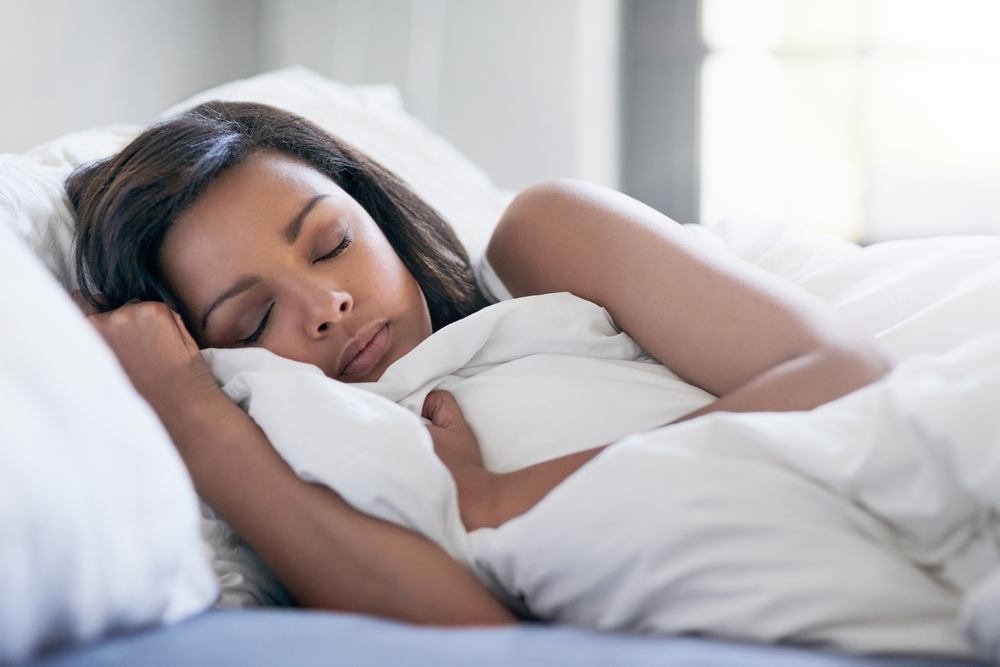As daylight saving time approaches, Americans are once again reminded of their complex relationship with sleep. The simple act of shifting the clock by one hour disrupts millions of people, triggering groggy mornings, sluggish afternoons, and restless nights. But the problem runs deeper than a biannual inconvenience. With up to 70 million Americans experiencing chronic sleep difficulties, the nation is in the midst of a sleep crisis that affects every aspect of daily life, from workplace performance to long-term health.
Despite increased awareness of sleep’s importance, the struggle continues. The modern lifestyle, dominated by digital screens, unpredictable work schedules, and rising stress levels, has created an environment where quality rest is harder to achieve. The daylight saving time shift only amplifies these issues, exposing a fragile sleep system that many fail to recognize until it’s too late.
How modern life disrupts natural sleep cycles
The human body operates on a finely tuned circadian rhythm, an internal clock that regulates sleep-wake cycles based on natural light and darkness. This delicate balance, perfected over millennia, is now under constant assault. Artificial lighting extends waking hours far beyond sunset, while the demands of a 24-hour economy blur the lines between work and rest.
Technology plays a major role in sleep disruption. Smartphones, tablets, and laptops emit blue light that suppresses melatonin production, making it harder for the brain to transition into sleep mode. The habit of scrolling through emails or social media late at night further exacerbates the problem, keeping the mind engaged at a time when it should be winding down.
Stress is another major factor. The pressures of modern life, from financial concerns to job insecurity, contribute to increased cortisol levels, making it difficult for the body to relax. This heightened state of alertness leads to a cycle of poor sleep, daytime fatigue, and reliance on caffeine or other stimulants to stay awake, which further disrupts sleep patterns.
Rethinking solutions beyond traditional sleep aids
For decades, the go-to solution for sleep problems has been medication. Prescription sleep aids, while effective in the short term, often come with side effects, dependency risks, and a failure to address the root causes of sleeplessness. As a result, sleep science has shifted toward more sustainable, holistic approaches.
One emerging technique is the use of audiobooks and guided sleep stories. Unlike television or smartphone screens, which stimulate the brain, these audio methods provide a passive way to ease into rest. The gentle narration engages the mind just enough to prevent racing thoughts without overwhelming it. This approach has gained traction as a useful tool during daylight saving time transitions when natural sleep rhythms are thrown off balance.
Mindset also plays a crucial role in overcoming sleep struggles. Experts now emphasize the importance of accepting occasional wakefulness instead of viewing it as a failure. Rather than fighting to force sleep, acknowledging the body’s natural fluctuations in rest can reduce anxiety and paradoxically improve overall sleep quality.
Optimizing the environment for better sleep
Creating a sleep-friendly environment extends beyond just investing in a comfortable mattress. Modern sleep science suggests that the entire bedroom setup should be designed for relaxation, with minimal distractions and optimal conditions for rest.
Lighting plays a crucial role: Exposure to bright lights in the evening, especially from screens, can delay the release of melatonin. Switching to warm, dim lighting at night can help signal to the body that it’s time to sleep.
Temperature matters as well: Research suggests that cooler room temperatures, typically between 60 and 67 degrees Fahrenheit, create an optimal setting for restful sleep. Overheating can lead to tossing and turning, making it harder to stay asleep through the night.
The bedroom should be reserved for rest: Many people use their bed for activities like watching TV, working, or scrolling on their phones, which can create an association between the bed and wakefulness. Establishing a clear boundary between sleep and other activities can strengthen the brain’s connection between the bedroom and relaxation.
Recognizing personal sleep patterns for long-term improvement
Improving sleep is not just about what happens at night; it requires a broader understanding of daily habits that affect rest quality.
Caffeine consumption should be carefully timed: While a morning coffee is generally harmless, consuming caffeine in the afternoon or evening can interfere with the ability to fall asleep.
Exercise routines can either help or hinder sleep: Regular physical activity is beneficial, but working out too close to bedtime can raise body temperature and delay sleep onset. Finding the right balance is key to ensuring exercise contributes to, rather than disrupts, a healthy sleep schedule.
Evening routines set the stage for rest: Having a consistent wind-down ritual, such as reading a book, practicing relaxation techniques, or listening to calming music, helps cue the body that it’s time to sleep. Inconsistency in bedtime habits can make it harder to maintain a stable sleep cycle.
Preparing for daylight saving time without disruption
The transition into daylight saving time serves as a reminder of how sensitive the body’s internal clock can be. Fortunately, small adjustments can make the shift smoother.
Gradually adjusting sleep schedules in the days leading up to the time change can help minimize its impact. Going to bed 15 to 30 minutes earlier each night allows the body to slowly adapt rather than experiencing a sudden shock.
Morning light exposure can also assist in resetting the circadian rhythm. Spending time outside in natural sunlight early in the day helps signal to the body when it should be awake, making it easier to adjust to the new schedule.
Maintaining consistency in sleep habits year-round is the best way to build resilience against disruptions like daylight saving time. By adopting sustainable strategies that support natural sleep rhythms, individuals can create a foundation for better rest, not just during seasonal changes but in everyday life.
The modern sleep crisis is not an unsolvable problem, but it does require a shift in perspective. Sleep is not a luxury—it’s a biological necessity that affects physical health, cognitive function, and emotional well-being. With intentional habits and a commitment to prioritizing rest, it’s possible to reclaim sleep and restore balance in an increasingly restless world.














